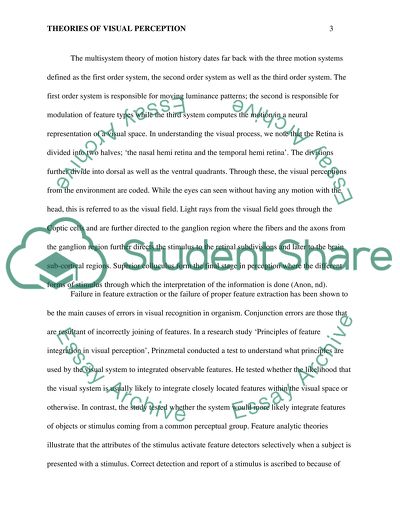Cite this document
(“The Visual Pathway in the Brain Essay Example | Topics and Well Written Essays - 1250 words”, n.d.)
Retrieved from https://studentshare.org/psychology/1480741-drawing-on-information-about-the-visual-pathway-in
Retrieved from https://studentshare.org/psychology/1480741-drawing-on-information-about-the-visual-pathway-in
(The Visual Pathway in the Brain Essay Example | Topics and Well Written Essays - 1250 Words)
https://studentshare.org/psychology/1480741-drawing-on-information-about-the-visual-pathway-in.
https://studentshare.org/psychology/1480741-drawing-on-information-about-the-visual-pathway-in.
“The Visual Pathway in the Brain Essay Example | Topics and Well Written Essays - 1250 Words”, n.d. https://studentshare.org/psychology/1480741-drawing-on-information-about-the-visual-pathway-in.


